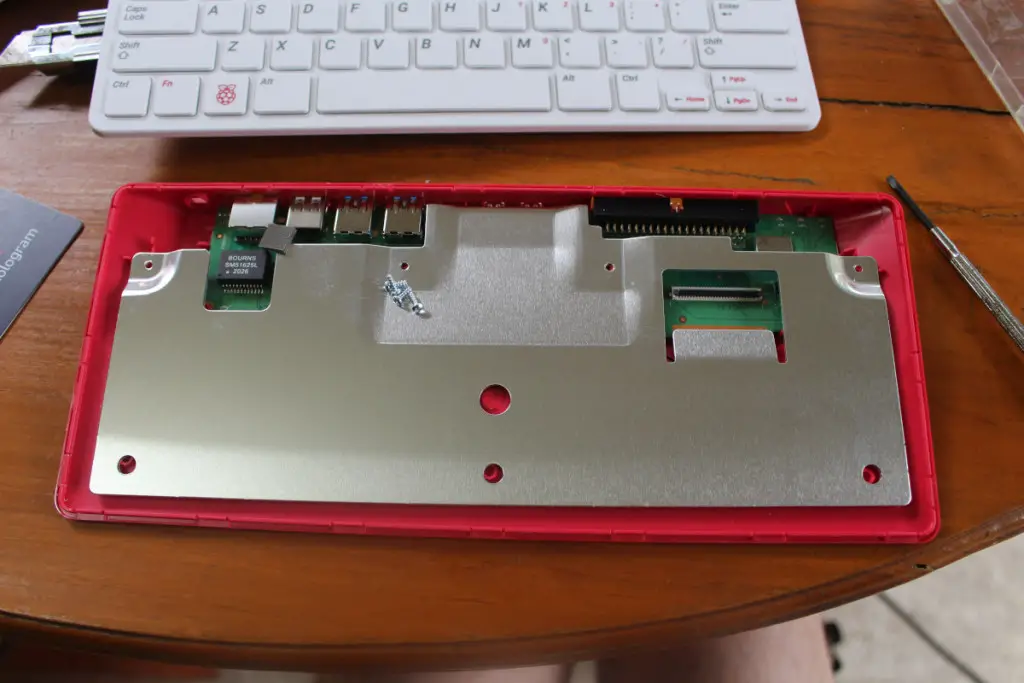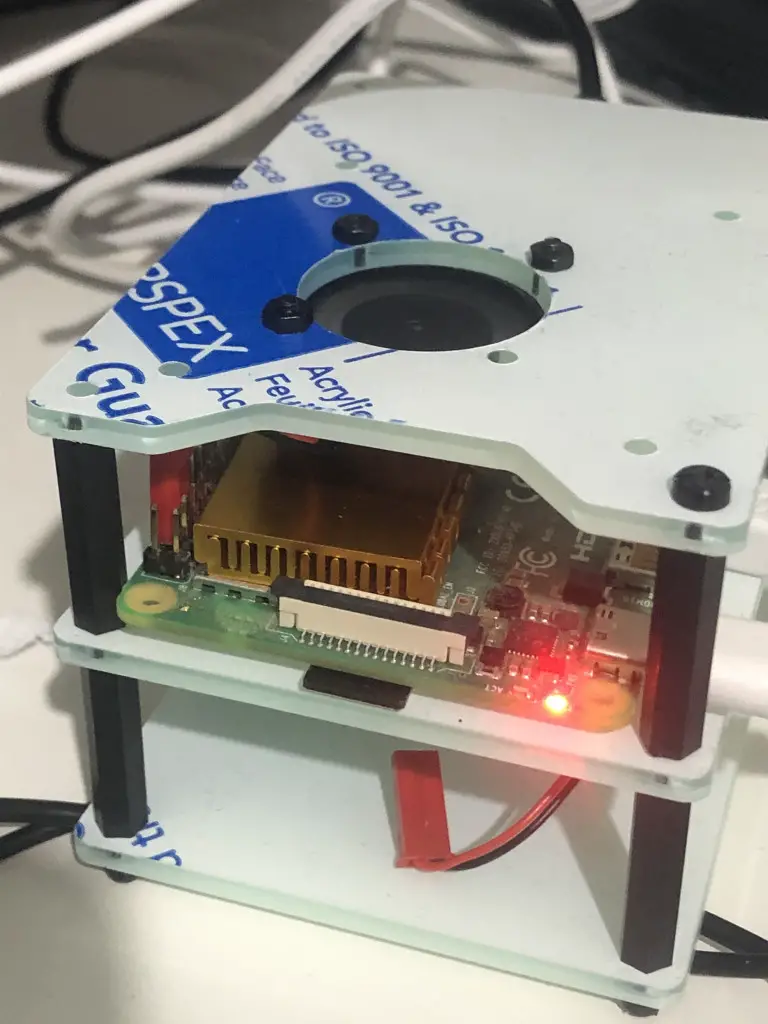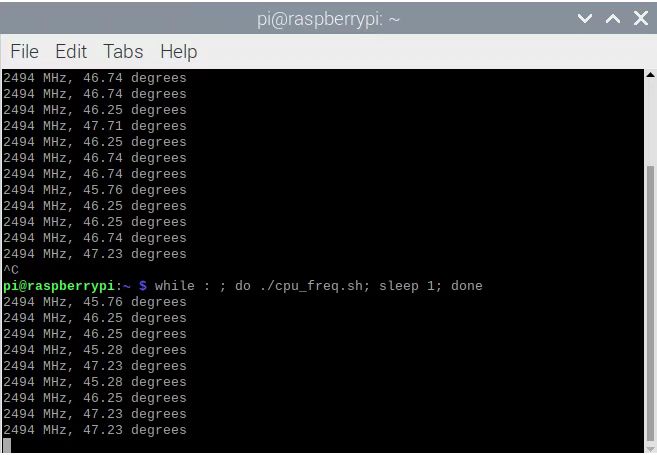Raspberry PI 4 comes by default CPU Clock 1.5G and Raspberry PI 400 has a slightly powerful CPU 1.8G. However, they are not powerful enough if you are going to use it as a daily PC especially if you e.g. watch Youtube with 1080p is kinda slow.
CPU and GPU Overclocking for Raspberry PI 4 and 400
Luckily we can overclock the both Models. For Raspberry PI 4 and 400 Model, you can edit the config file at the following location:
1 | $ sudo vim /boot/config.txt |
$ sudo vim /boot/config.txt
And uncomment, change or add the following lines:
1 2 3 4 | #uncomment to overclock the arm. 700 MHz is the default. over_voltage=8 arm_freq=2147 gpu_freq=750 |
#uncomment to overclock the arm. 700 MHz is the default. over_voltage=8 arm_freq=2147 gpu_freq=750
This is to overclock the Raspberry PI ARM CPU to 2147MHz and GPU Frequency to 750MHz. `over_voltage` controls the power votage, and make sure you have a decent power supply – preferably the official USB Power Supply.
Also, to avoid nullify your warranty, please avoid “force_turbo=1” but you can do the following to set the minimal frequency of CPU. The `force_turbo=1` ensures the CPU be in its highest frequency even if the system is idle.
1 | arm_freq_min=2147 |
arm_freq_min=2147
For Raspberry PI 400, the model has a slightly better ARM CPU and the cool down is done using a large keyboard-size passive cooling board. And you can overclock to 2400MHz.
1 2 3 4 5 | #uncomment to overclock the arm. 700 MHz is the default. over_voltage=15 arm_freq=2375 gpu_freq=775 arm_freq_min=2300 |
#uncomment to overclock the arm. 700 MHz is the default. over_voltage=15 arm_freq=2375 gpu_freq=775 arm_freq_min=2300
Here, we increase the voltage to 15 – so it will only work if you have a good power supply otherwise the system will report low power mode.
Please note that with Raspberry PI 4, you may still be able to overclock the CPU to 2400MHz with the same configuration. However, in my case, the raspberry pi crashes and reboots automatically when I start to watch Youtube video. Maybe it is not really ready for that.
You may also experiment to see if overclocking makes your Raspberry PI stable or not. Different Raspberry PI OS (Linux Distribution/Image) may or may not make a difference when it reacts to CPU being overclocked.
Reducing the CPU Temperature by using a Cooling Fan
By default, the Raspberry PI 4 has no cooling measures (passive cooling). For 400, it is integrated into the keyboard, and there is a large piece of on-board cooling chip.
I installed a small fan with also passive copper cooling chips attaching on the ARM CPU.
When the system is fully loaded, Raspberry PI 4 has roughly 60 deg and 400 has 40-to-50 deg CPU temperature. Surprisingly that when overclocking the 400 to 2400MHz, the temperature is still maintained below 50 deg when CPU is in 100% spikes.
However, we don’t have that many cooling techniques for Raspberry PI 400 since you can’t put a fan inside the keyboard.
However, for Raspberry PI 4, it is suggested to add a cooling fan or chip. For example, with the following monster cooling fan, at the cost of a slight noise, the raspberry PI 4 manages to maintain a CPU temperature around 40 deg.
Raspberry Pi
- Visiting The Raspberry Shop in Cambridge UK
- Overclocking ARM CPU of Raspberry PI 4 and 400 with Temperature Cooling Measures
- BASH Script to Monitor the CPU Frequency and Temperature on Raspberry PI
- All-In-One Raspberry PI 400 Kit - Personal Computer Kit with Raspbian OS
- How to Monitor the CPU Temperature of Raspberry PI using Python Script?
- Use PHP Script to Monitor Temperature and Uptime for Raspberry PI in the Browser
- Review: Raspberry PI B Plus Model
- Different Approaches to Reduce the CPU Temperature of Raspberry PI
- Test SD Card Speed on Raspberry PI
- Remote Desktop Connection for Raspberry PI (xrdp)
- Using a external USB cooler fan to drop temperature of Raspberry PI (Model B) from 51 degrees downto 40 degrees for just ten minutes
- How to Get the CPU Temperature on Raspberry PI using BASH Script?
- Apache Server (PHP + MySQL) on Raspberry PI
–EOF (The Ultimate Computing & Technology Blog) —
loading...
Last Post: Breadth First Search Algorithm to Compute the Max Width of a Binary Tree
Next Post: Teaching Kids Programming - Count the Number of Nodes in Binary Tree using DFS and BFS Algorithm


